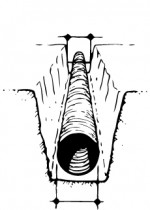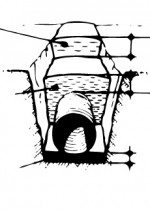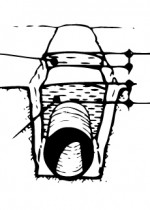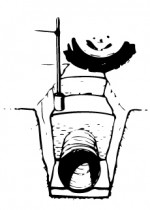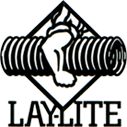Pipe Excavation
When digging a trench ensure that the width of the trench at the top of the pipe is no greater than necessary to allow the bedding and side fill to be properly placed and compacted. As a rule, 300mm wider than the pipe is normally sufficient. This will minimise loading on the buried pipe.
Culverts Under Roads, Farm Tracks & Raceways
Compacted granular bedding material is preferred in the particle size range 5mm to 20mm. Suitable granular materials include scoria, pumice, river gravel, sandstone or limestone. The minimum depth of cover for PVC or PE culverts under roads, farm tracks, raceways etc should be 750mm.
Culverts Under Areas Not Subjected to Traffic or Heavy Stock Movement
Selected excavation fill may be used as bedding. It should be substantially free from rock, tree roots or rubbish. Wet or saturated clay should not, under any circumstances, be used as bedding or surround material. The minimum depth of cover for culvert pipe installation should be 500mm.
Pipe Bedding
Laylite Culvert pipes use their flexibility to transfer load to the surrounding bedding. One purpose of the bedding is to ensure longitudinal support of the pipe. Another purpose is to provide lateral support to the pipe and increase its load capacity. Thorough compaction of the fill along the pipe is important to ensure long, trouble free service from your Laylite Culvert pipe. Fill should be carefully compacted by hand ramming along the sides and around the pipe, and built up to the finished ground surface.
Flow Direction
When installing Laylite Culvert, the pipe should be laid with the arrow on the outside of the pipe pointing in the direction of the water flow i.e. spigot into socket. It is recommended when assembling the short lengths of 600mm Laylite Culvert pipe that a couple of self-tapping screws are used to secure the joint prior to laying and backfilling.
